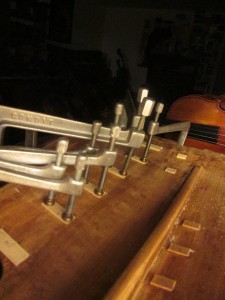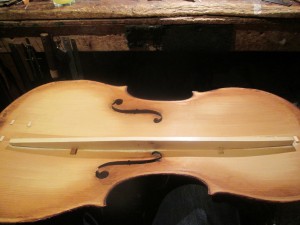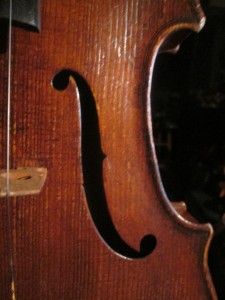
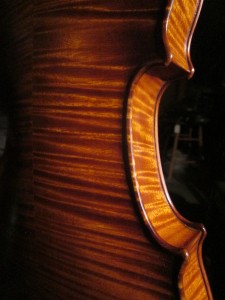
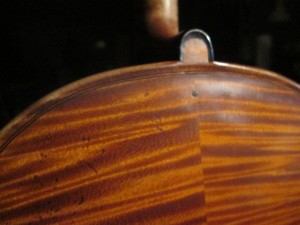
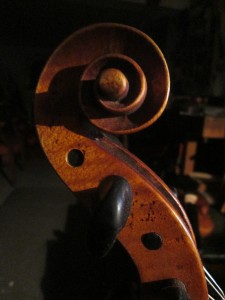
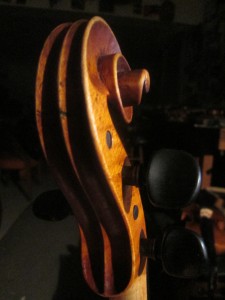
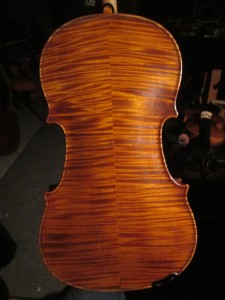
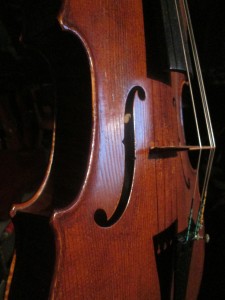 This fine viola was made by Helmuth Keller as a copy of Gaspar da Salo in the early 1970’s. The Brescian makers are justly famous for their violas and this has all the characteristics one looks for in a great viola. The broad pattern produces great depth while the flattish arching provides ample power and projection.
This fine viola was made by Helmuth Keller as a copy of Gaspar da Salo in the early 1970’s. The Brescian makers are justly famous for their violas and this has all the characteristics one looks for in a great viola. The broad pattern produces great depth while the flattish arching provides ample power and projection.
This viola shows Mr Keller working at his very best….with exquisite wood selection… commanding craftsmanship ….all still in pristine condition.
Mr Keller came to America to work at Moennig’s and Bill spoke fondly of him over the years. I had the pleasure to speak with him a number of times and always enjoyed his energy and intensity.
Interestingly, this viola ( like all his violas of this period.. I believe )is not dated…. I was always told it was because Mr Ormandy did not want his players playing new instruments ….and this was a cute,cunning way around that.
I am proud to be offering this fine viola for sale.
